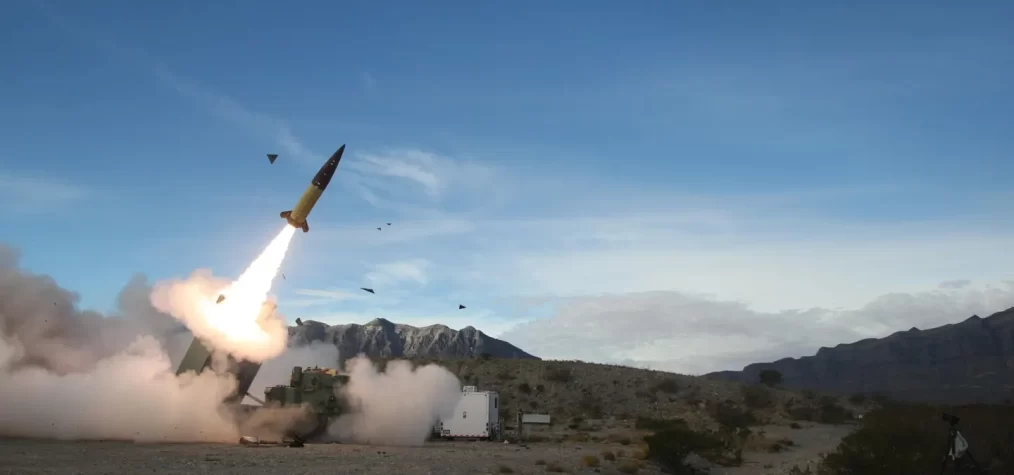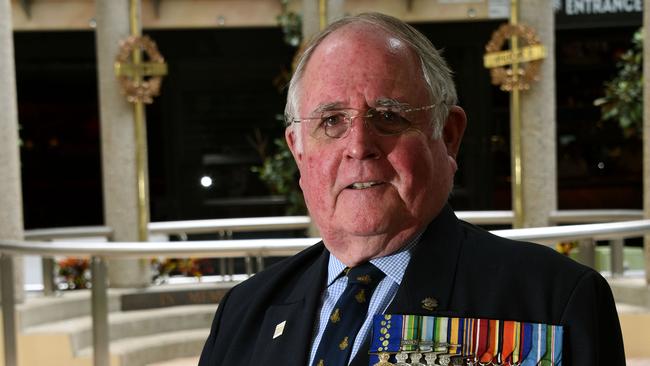ED: I might be away but I’m thinking of you all … so here’s a Friday Smile.
My wife and I were watching Who Wants To Be A Millionaire while we were in bed.
I turned to her and said, ‘Do you want to have Sex?’
‘No,’ she answered.
I then said, ‘Is that your final answer?’
… She didn’t even look at me this time, simply saying, ‘Yes…’
So, I said, “Then I’d like to phone a friend.”
________________________________
I took my wife to a restaurant.
The waiter, for some reason, took my order first.
“I’ll have the rump steak, rare, please.”
He said, “Aren’t you worried about the mad cow?”
“Nah, she can order for herself.”
_____________________________
My wife and I were sitting at a table at her high school
reunion, and she kept staring at a drunken man swigging his
drink as he sat alone at a nearby table.
I asked her, “Do you know him?”
“Yes”, she sighed,
“He’s my old boyfriend. I understand he took to drinking right after we split up those many years ago, and I hear he hasn’t been sober since.”
“My God!” I said, “Who would think a person could go on celebrating that long?”
________________________________
When our lawn mower broke and wouldn’t run, my wife kept hinting to me that I should get it fixed.
But somehow I always had something else to take care of first, the shed, the boat, making beer… Always something more important to me.
Finally, she thought of a clever way to make her point.
When I arrived home one day, I found her seated in the tall grass, busily snipping away with a tiny pair of sewing
scissors. I watched silently for a short time and then went into the house. I was gone only a minute, and when I came out again, I handed her a toothbrush.
I said, “When you finish cutting the grass, you might as well sweep the driveway.”
The doctors say I will walk again, but I will always have a limp.
_____________________________
My wife sat down next to me as I was flipping channels.
She asked, “What’s on TV?”
I said, “Dust.”
________________________________
Saturday morning I got up early, quietly dressed, made my lunch, and slipped quietly into the garage. I hooked up the
boat up to the van and proceeded to back out into a torrential
downpour. The wind was blowing 50 mph, so I pulled back into the garage, turned on the radio, and discovered that the weather
would be bad all day.
I went back into the house, quietly undressed, and slipped back into bed. I cuddled up to my wife’s back;
now with a different anticipation,
and whispered, “The weather out there is terrible.”
My loving wife of 5 years replied, “And, can you believe my stupid husband is out fishing in that?”
_______________________________
My wife was hinting about what she wanted for our upcoming anniversary.
She said, “I want something shiny that goes from 0 to 150 in about 3 seconds.”
I bought her a bathroom scale.
______________________________
After retiring, I went to the Social Security office to apply
for Social Security. The woman behind the counter asked me
for my driver’s License to verify my age. I looked in my pockets
and realized I had left my wallet at home. I told the woman that
I was very sorry, but I would have to go home and come back later.
The woman said, ‘Unbutton your shirt’.
So I opened my shirt revealing my curly silver hair.
She said, ‘That silver hair on your chest is proof enough for me’ and she processed my Social Security application.
When I got home, I excitedly told my wife about my experience at the Social Security office.
She said, ‘You should have dropped
your pants. You might have gotten disability too.’
________________________________
My wife was standing nude, looking in the bedroom mirror.
She was not happy with what she saw and said to me,
“I feel horrible; I look old, fat and ugly. I really need you
to pay me a compliment.’
I replied, “Your eyesight’s damn near perfect.”
________________________________
I rear-ended a car this morning…the start of a REALLY bad day!
The driver got out of the other car, and he was a DWARF!!
He looked up at me and said ‘I am NOT Happy!’
So I said, ‘Well, which one ARE you then?’
________________________________
One year, I decided to buy my mother-in-law a cemetery plot
as a Christmas gift…
The next year, I didn’t buy her a gift.
When she asked me why, I replied,
“Well, you still haven’t used the gift I bought you last year!”










